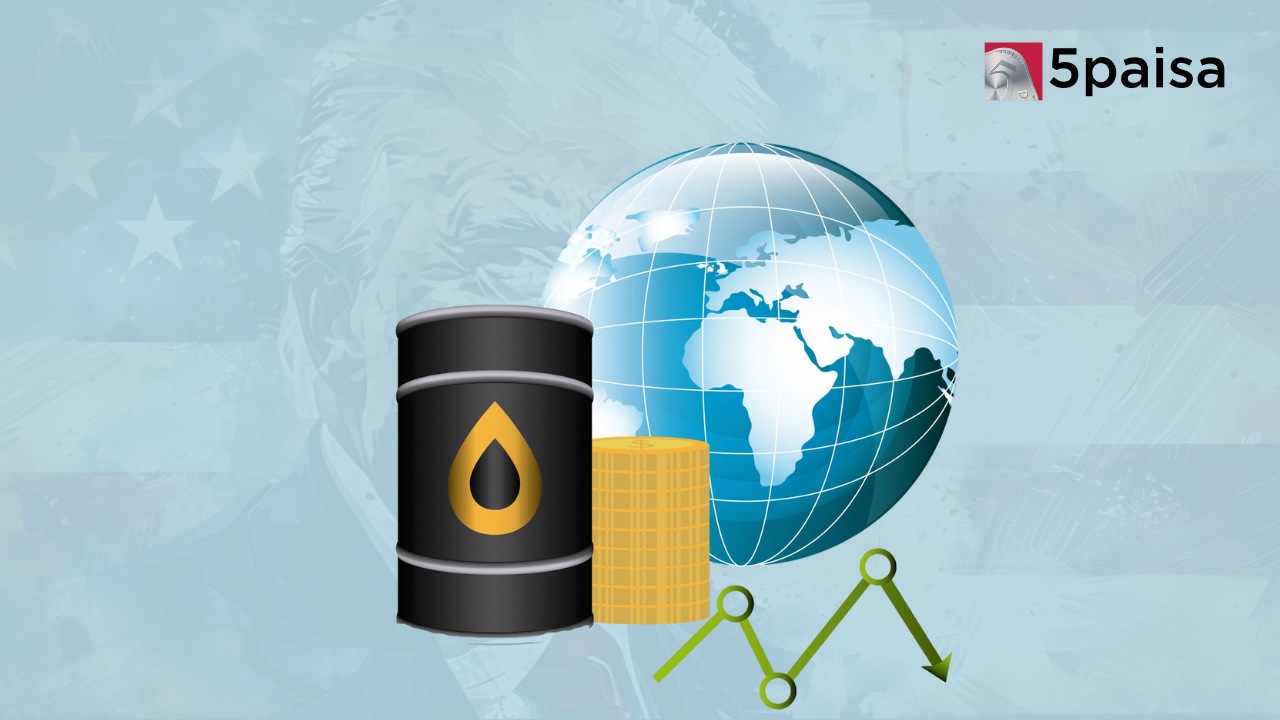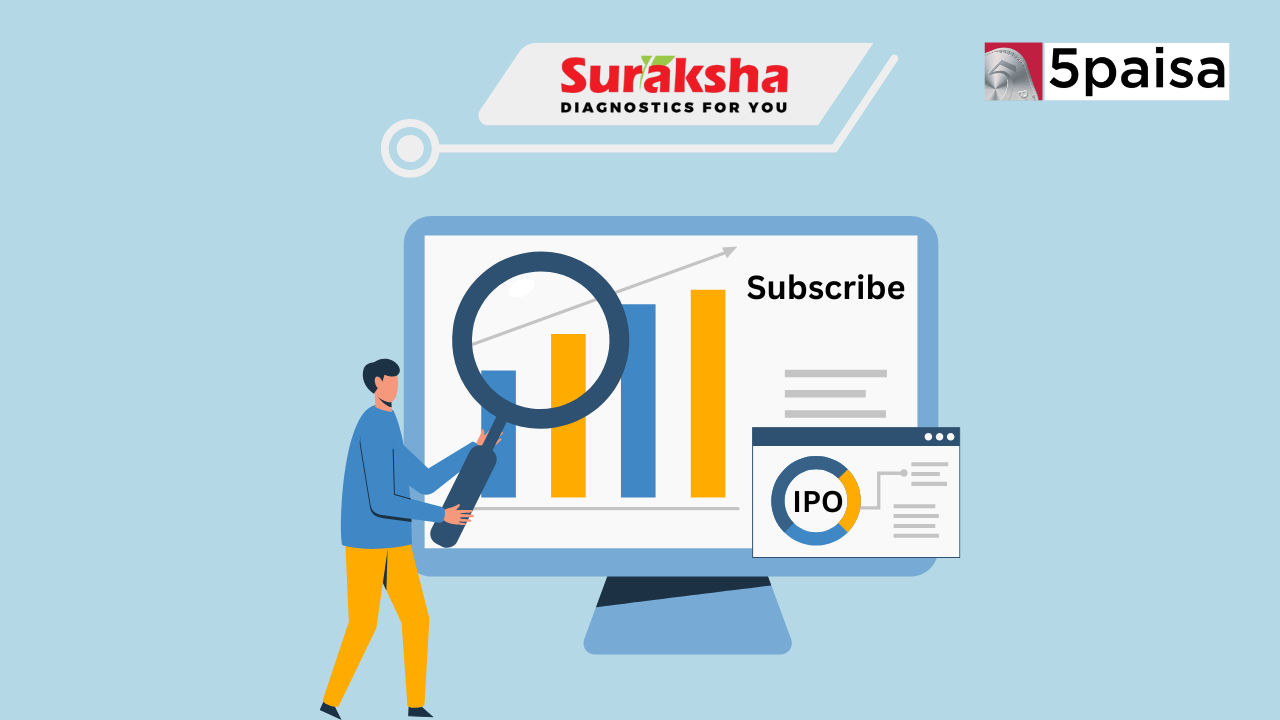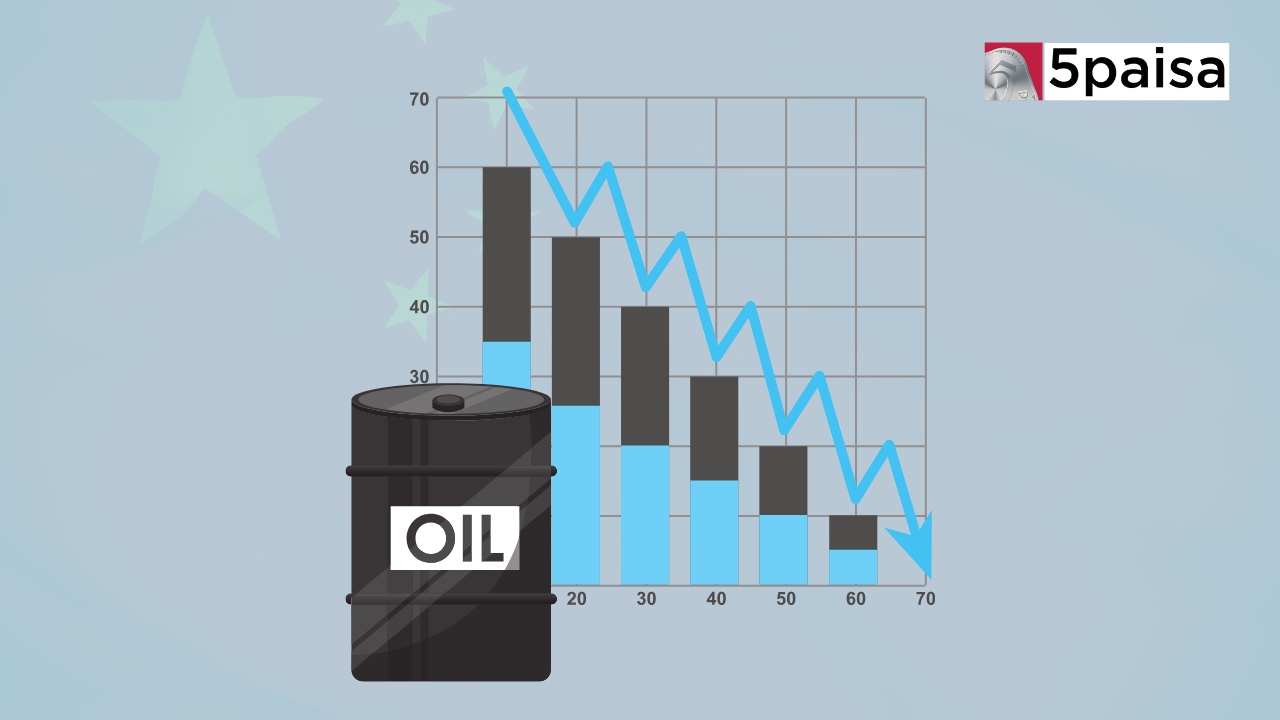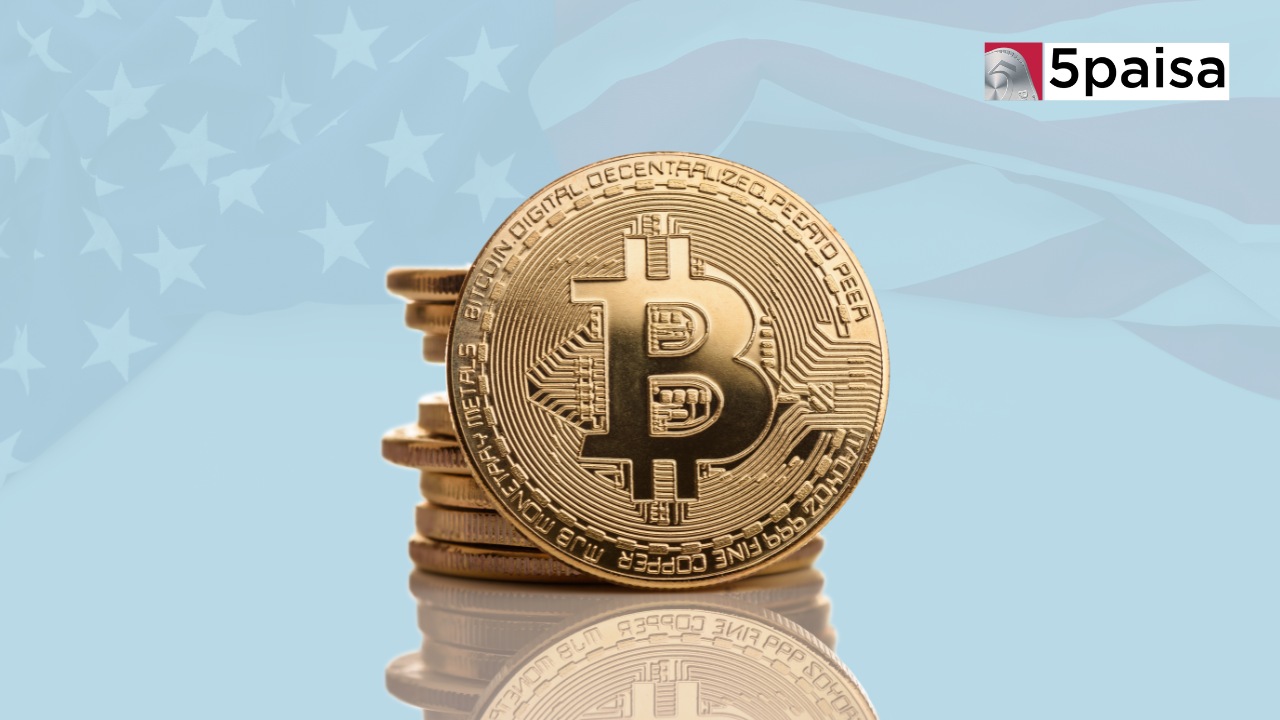Honda and Nissan Announce Merger Talks to Form 3rd Largest Auto Group
Fed maintains its aggressive tone while raising rates by 75 basis points
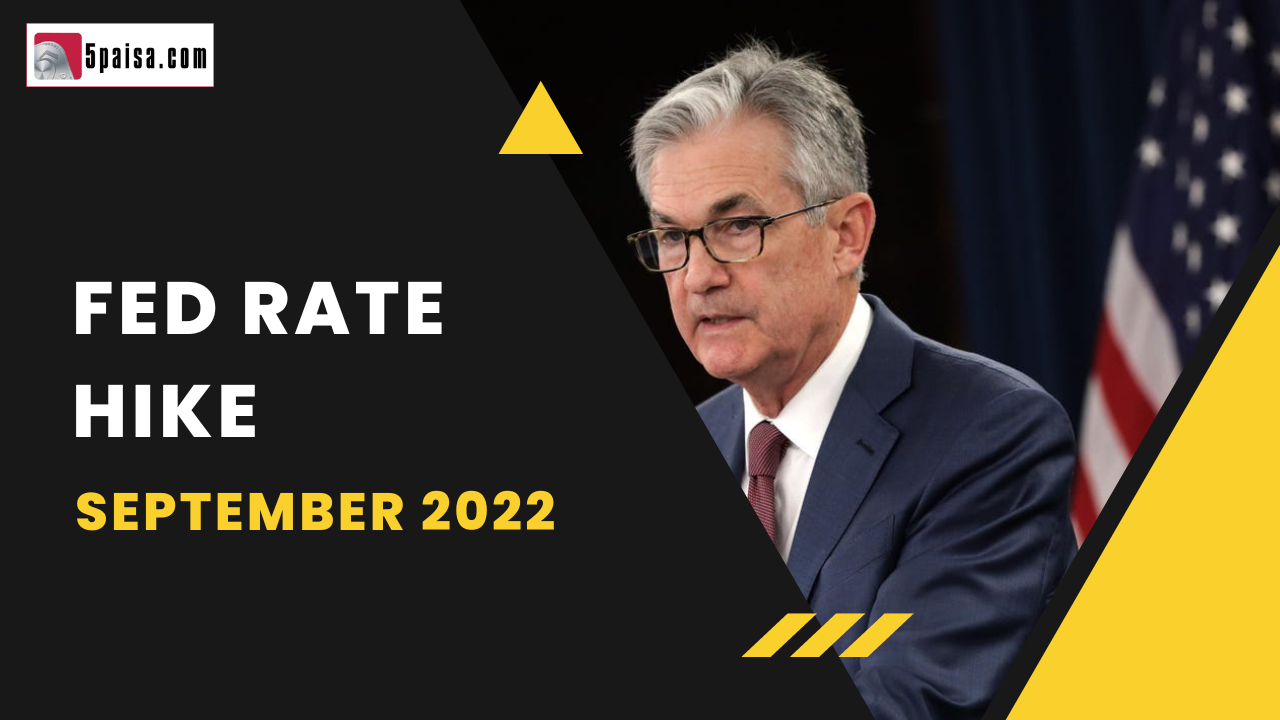
Last Updated: 11th December 2022 - 03:44 am
On the 21st of September, the US Federal Reserve (Fed) announced another 75 bps hike in the rates taking the rates to the range of 3.00% to 3.25%. Now the US rates are a full 75 bps above the neutral rate as identified by the Fed. The neutral rate is like the breakeven point till when the rate hikes don’t hit growth. Once the neutral levels are crossed, the impact on growth is more pronounced, which is what the markets are really worried about. The September hike is the third consecutive hike of 75 basis points by the Fed.
One of the key indicators that is tracked to assess future rate hikes is the CME Fedwatch, which analyses probabilities of rate hikes based on Fed futures trading. For the coming November Fed meet the CME Fedwatch is assigning a probability of 33.5% to a 50 bps rate hike and a probability of 66.5% to a 75 bps rate hike. In the later case, the US markets could get to the 4% interest rate mark by the month of November itself and in that case, the terminal target rate for US rates could be 4.5% or even higher.
Signals from the Fed are still too hawkish
Even while hiking the Fed rates by 75 bps, the dot plot indicates that the rates could be well above 4% by the end of the December 2022 meet and rate hikes would be substantially front loaded. Here are some of the key points made by the US Fed in its FOMC statement.
a) The Fed signalled the intention to keep hiking rates till it hit a terminal rate of 4.6% in 2023. That means, the hikes in year 2022 could be much smaller. However, the Fed has ruled out any rate cuts in 2023.
b) Following the third consecutive 75 bps rate hike, the rates are in the range of 3.00% to 3.25%, which is the highest level seen since the financial crisis of 2008. That is not surprising considering that inflation is close to the levels last seen in the 1980s.
c) The jitters in the Dow and the NASDAQ intensified into a sharp fall as traders were worried that the Fed was staying too hawkish for too long. Now the Fed could add another 125 bps between November and December FOMC meetings.
d) Jerome Powell persisted with his principal message given at Jackson Hole that the Fed would not rest till the inflation was brought down to 2% on a sustainable basis. That could be a long way off, considering the robust labour data still coming out.
e) The Fed is expecting that in the next few months, the unemployment rate would rise from the current 3.7% to 4.4%, which would be the first serious impact on inflation and purchasing power. However, that is also likely to hit GDP growth.
f) The Fed has also downsized its GDP growth estimates for the US economy from the current forecast of 1.7% to just 0.2% for the year 2022. The growth rate in 2023 is likely to improve to 1.8% and probably sustain around those levels.
g) Surprisingly, even Jerome Powell admitted that a recession was entirely possible, if the Fed had to keep tightening aggressively. As of now, even the Fed is not clear as to whether and when this entire effort would result in a recession.
h) The Fed looks at inflation in terms of the personal consumption expenditure (PCE) inflation rather than consumer inflation. The PCE inflation is currently at 6.3% and Fed expects it to drift lower to 5.4% by end of 2022; leading overall inflation to 2% by 2025.
i) Fed admitted that as of now the job gains were robust which was delaying the impact of rate hikes on inflation. However, this is likely to show an impact over the next few months. Normally, high inflation with high employment creates consumption slack.
j) The dot-plot indicates that 75 could be the new 25 at the Fed with the fourth 75 bps hike expected to happen in November, followed by 50 bps in December. The worse case scenario even projects rates to go as high as 5% by next year.
One must not forget that apart from the rate hikes, the Fed is also consistently unwinding government bonds worth $95 billion per month to lighten the balance sheet. This is likely to have a concurrent effect on liquidity flows into emerging markets, including India.
What does the RBI read from the Fed statement?
Obviously the RBI must have been watching the US Fed statement closely and for now the undertone is very hawkish. That means, the RBI would be inclined to announce another rate hike of about 50 basis points in its September policy and follow it up with one more rate hike in November. The RBI Repo Rate is already at 5.4% and that is 25 bps above the pre-COVID rate. Now the consensus is that the terminal rate target for the RBI would be 6.5% instead of 6% to ensure that rate differentials do not make Indian bonds less attractive.
The bigger concern for India would be liquidity and that comes just a month after the FPIs infused $6.44 billion into Indian equities. With $95 billion being unwound each month, the pressure on passive funds to unwind positions in emerging markets is going to be high. That is what Indian markets should really watch out for as a fallout of the Fed meet.
- Flat ₹20 Brokerage
- Next-gen Trading
- Advance Charting
- Actionable Ideas
Trending on 5paisa
01
 5paisa Research Team
5paisa Research Team
06
 5paisa Research Team
5paisa Research Team
Global Market Related Articles
Disclaimer: Investment in securities market are subject to market risks, read all the related documents carefully before investing. For detailed disclaimer please Click here.

